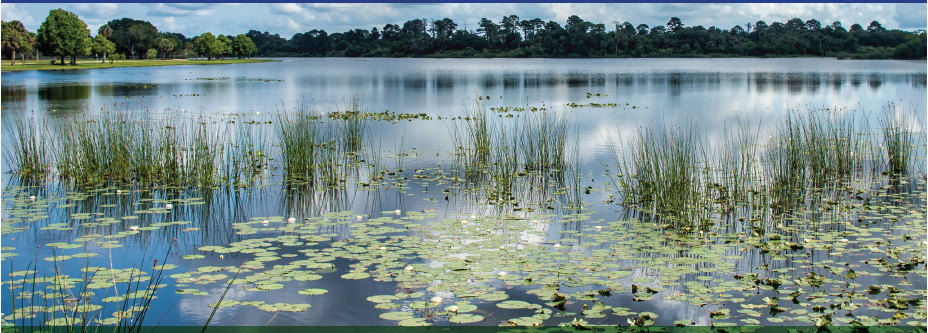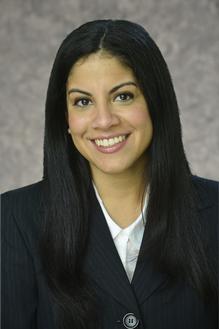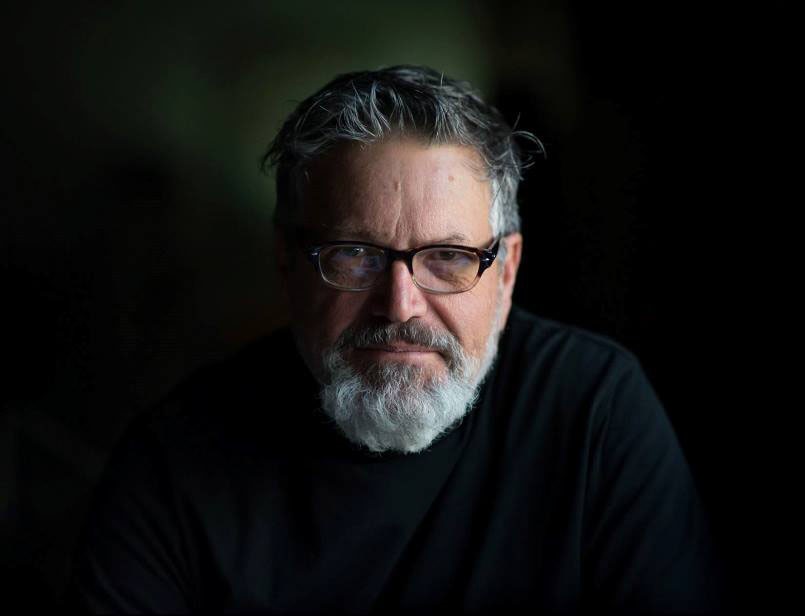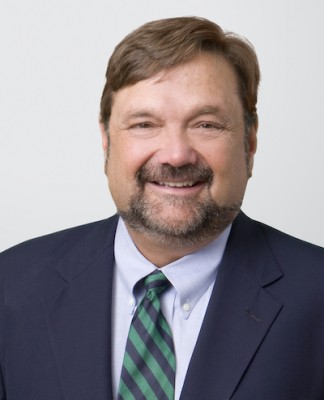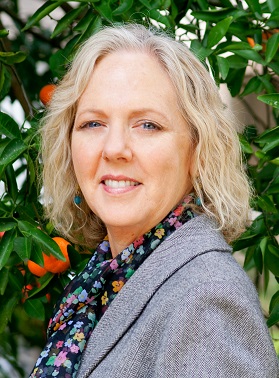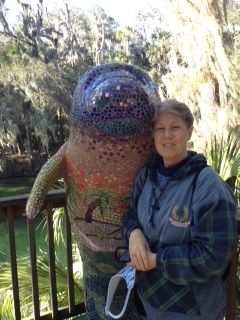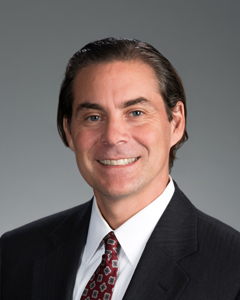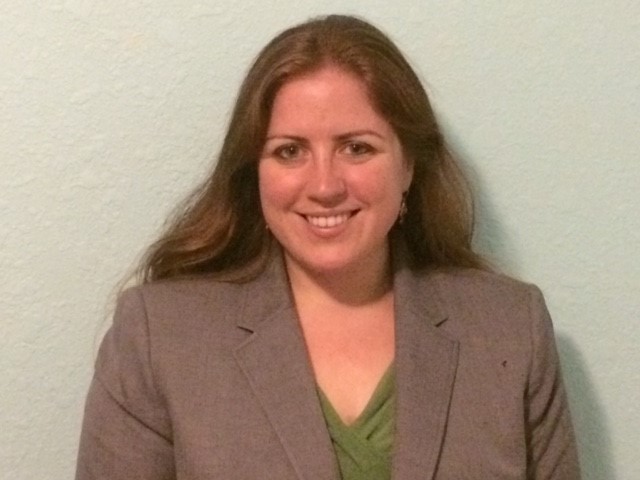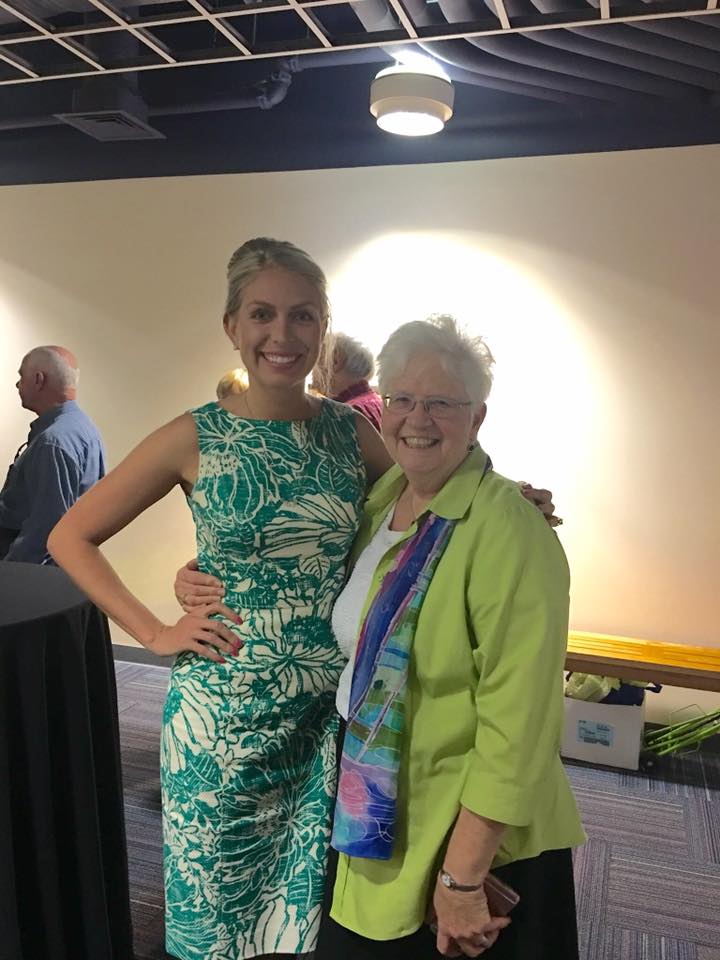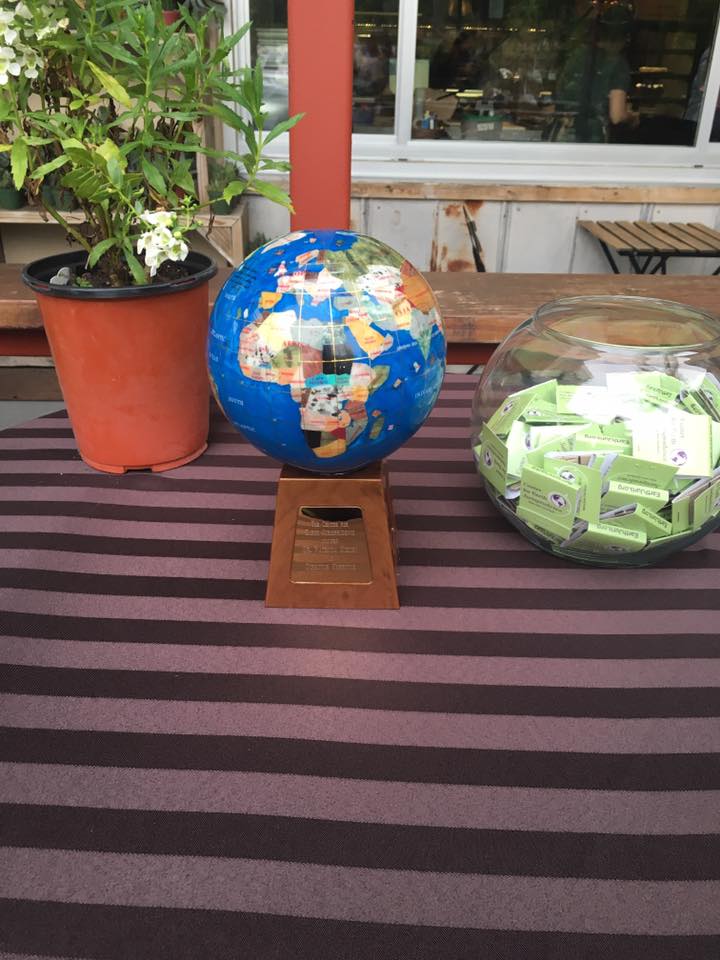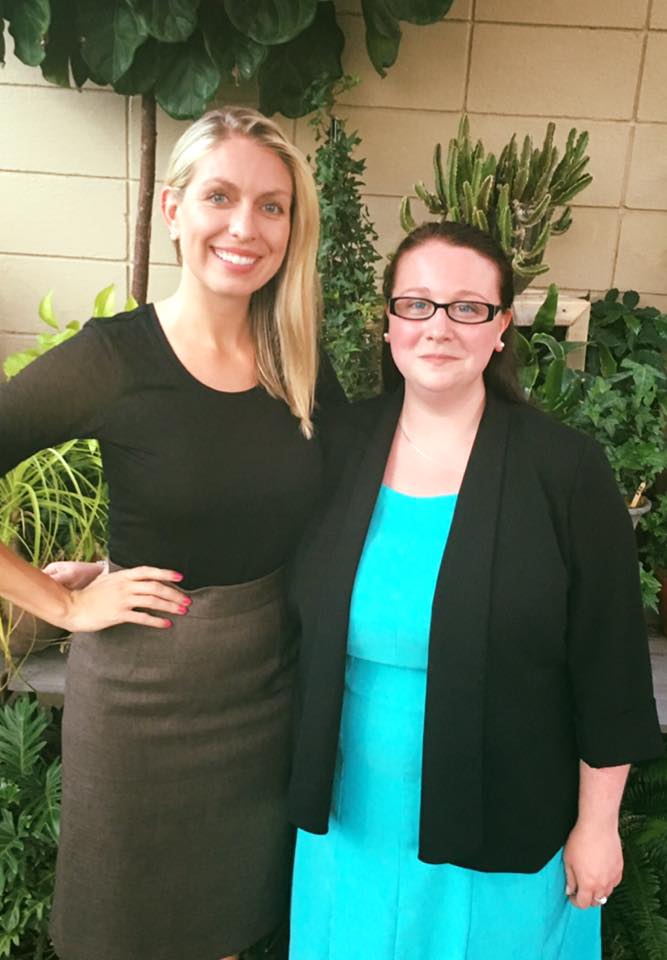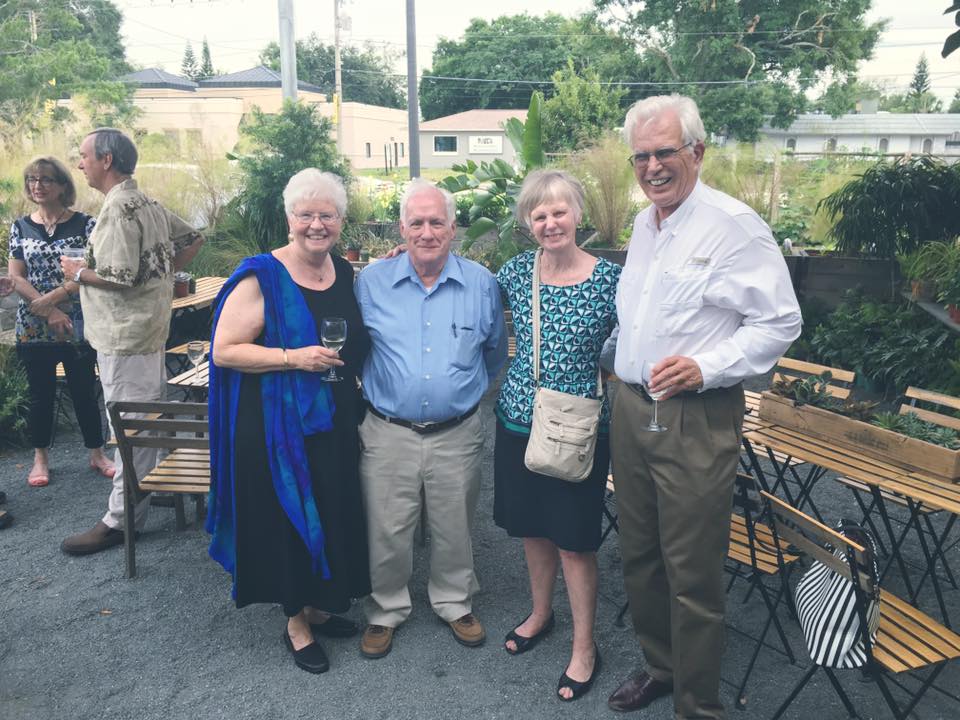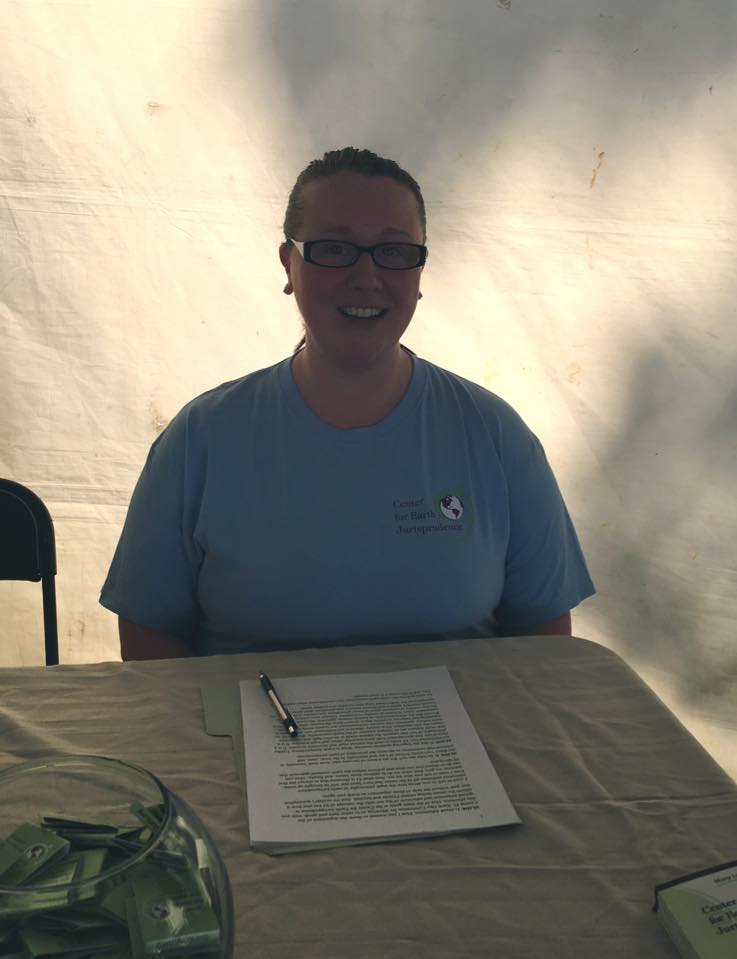Staff Attorney Position Available
The Center for Earth Jurisprudence is seeking a Staff Attorney to assist in legal and legislative matters on a contractual, as-needed basis.
Contact
Margaret Stewart, mstewart@barry.edu, 321-206-5691
Posted
December 7, 2016
Job Title
Staff Attorney
Job Location
Physical Office: 6441 East Colonial Drive, Orlando FL 32807. Position mostly remote.
Preferred Qualifications
Admission to the Florida Bar required. Three to five years of experience (minimum) in litigation, appellate, or legislative advocacy; public policy formation; demonstration of ability to distinguish between environmental law and Earth Jurisprudence; understanding how social movements are generated and maintained; love and respect for natural environment; comprehensive knowledge of environmental and earth law theories, concepts and practices and ability to use in complex, difficult and/or unprecedented situations.
Starting Contract
Negotiable and commensurate with experience, hourly basis
Position Availability
Position will remain open until filled
Application Deadline
Please send application materials by January 6, 2017
To Apply
Please send resume to Margaret Stewart at mstewart@barry.edu
Description of the Position
The Center for Earth Jurisprudence is seeking a Staff Attorney to assist in legal and legislative matters on a contractual, as-needed basis. At the request of the Director, the Staff Attorney will be responsible for:
- Drafting legal memoranda, administrative comments, legal briefs, proposed legislation, and legal strategies that advance CEJ’s adopted positions.
- Assist the CEJ Team in developing a template for strategic legal initiatives for the Center to increase the legal protection of nature.
- Identify and collaborate with environmental and legal partners in increasing legislative and community awareness and support to enhance greater legal protection of ecosystems, both local and national.
CEJ is the only Center within a U.S. law school dedicated to advancing laws, policy, and governance designed to protect the natural systems, species, and entities that sustain life on Earth through the use of Earth Law principles. Our work is based upon the concept that humanity has a basic responsibility to care for and protect the long-term health and well-being of Earth, meaning all beings and ecosystems that constitute the natural world, recognizing that humanity is an integral and interdependent part of nature. Earth Jurisprudence is an emerging field of law that encompasses both environmental ethics and legal practice. In the past 10 years CEJ has advanced its outreach, programming and visibility significantly.
